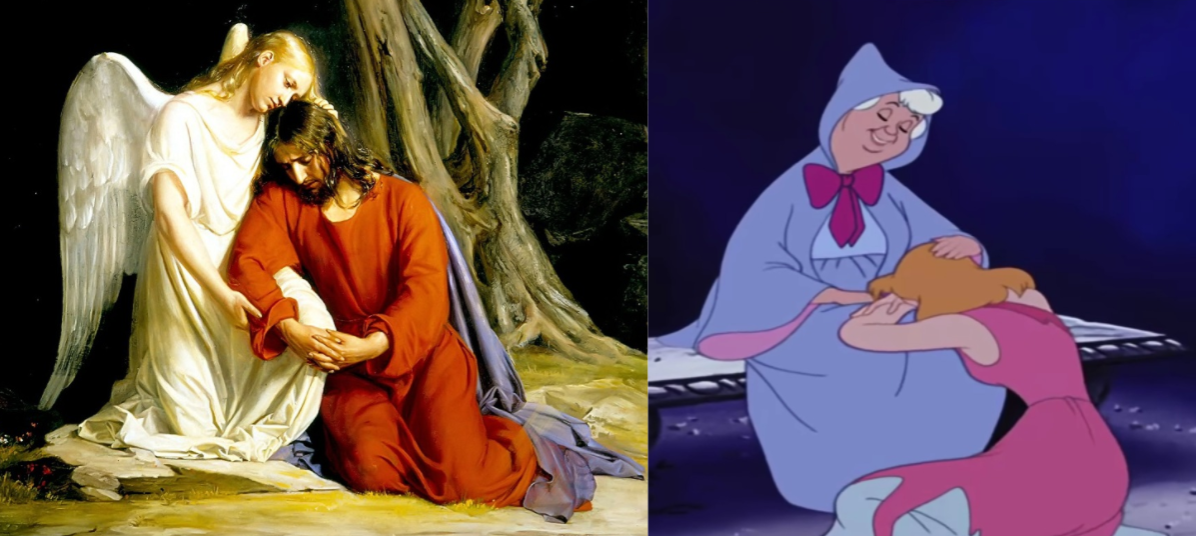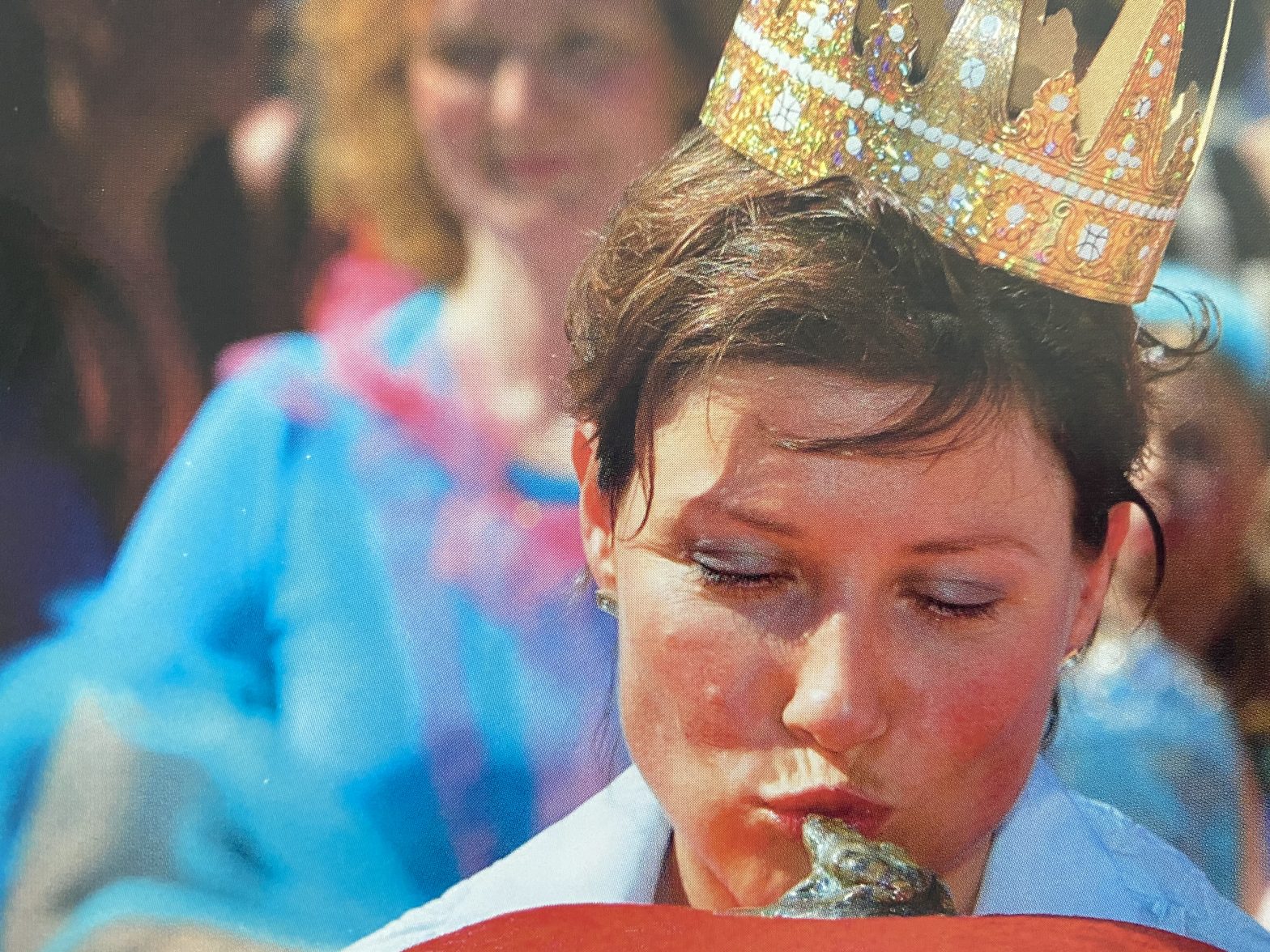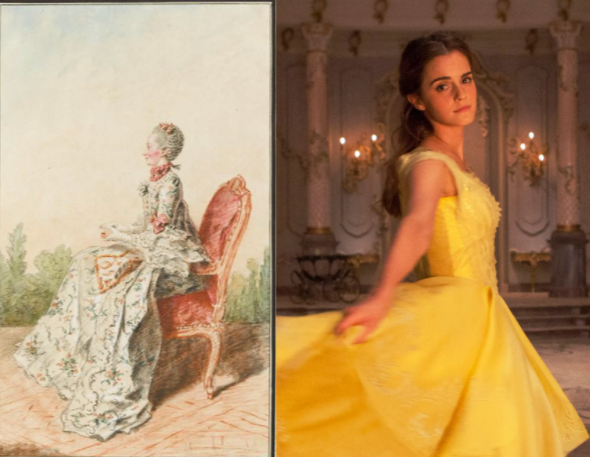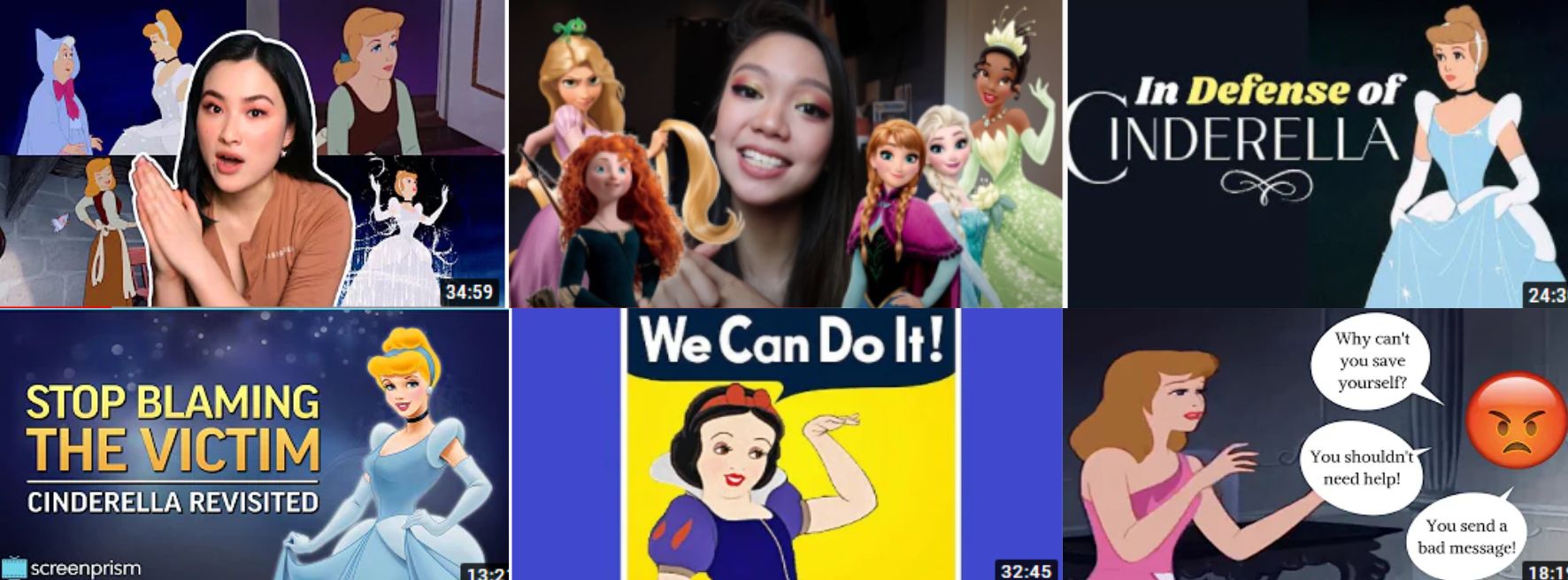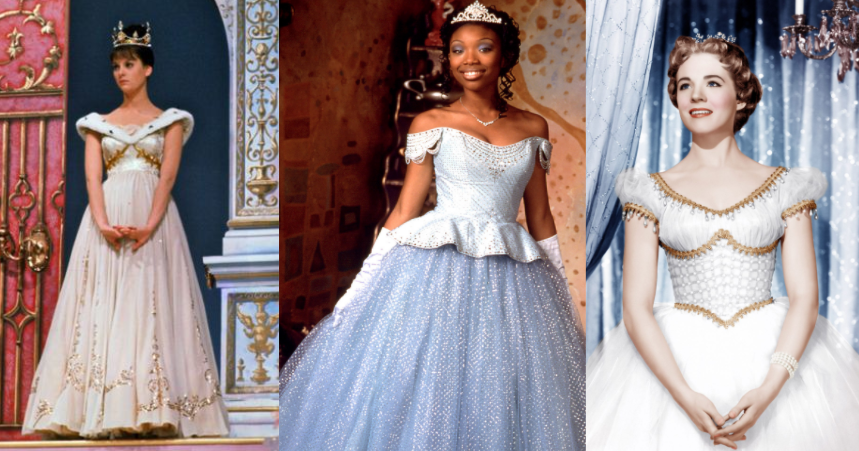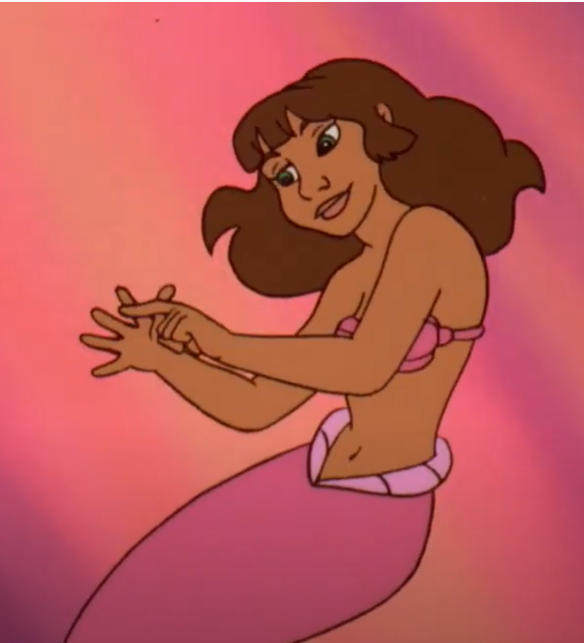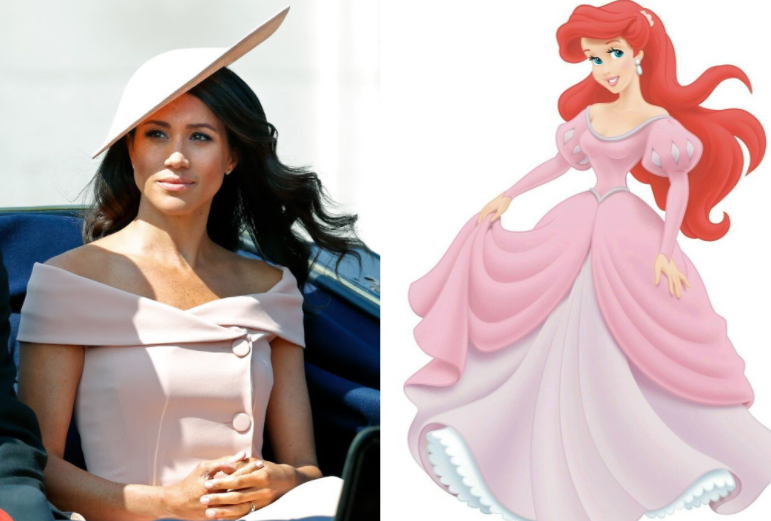In modern times, relationship dynamics between fairy tale heroes and heroines (especially the comatose ones) have come under criticism for exhibiting rapey power dynamics. But the relationship between Little Red Riding Hood and her wolf seems pretty clearly intended to comment on rape and punishes the would-be abuser in the text. Read more... “How Little Red Riding Hood Teaches Girls and Women to React to Stranger Danger”
Author Archives: Erica Smith
Wish Dragon’s Chinese Setting is Actually a Return to Aladdin’s Source Material
At first glance, Netflix’s Wish Dragon comes off as a cheap Aladdin knockoff transplanted into modern Shanghai. Instead of a plucky thief, we meet Din, a nineteen-year-old Door Dash driver, who longs for Li Na, a beautiful model and daughter of a wealthy businessman. Read more... “Wish Dragon’s Chinese Setting is Actually a Return to Aladdin’s Source Material”
Taking the God Out of Godmothers
In an era increasingly concerned with all other forms of diversity, where race and ability and discussion of body image are becoming vital tools to “update” classic fairy tales, religion has actively swept under the rug. The bygone ages that birthed our fairy tales were highly religious. Read more... “Taking the God Out of Godmothers”
Scandinavian Royals and the Power of Fairy Tale Public Image
Previously on this blog, we’re talked about the interplay of British royals influencing fairy tale adaptations and comparing themselves to fairy tale characters. But what are the other royal houses of Europe doing to maintain their fairy-tale image? Continental royalty tend to get buried–at least in English-language media–underneath mountains of headlines about the British royals. Read more... “Scandinavian Royals and the Power of Fairy Tale Public Image”
The Villeneuve Effect: When Adaptation Intentionally Makes a Fairy Tale More Sexist
In 1740, French female writer Gabrielle-Suzanne de Villeneuve published an early foundational version of the fairy tale Beauty and the Beast. She was influenced by other lady salon writers of the time, including Madame Marie-Catherine d’Aulnoy, who is credited with coining the term fairy tale. Read more... “The Villeneuve Effect: When Adaptation Intentionally Makes a Fairy Tale More Sexist”
On the Steps of the Palace: Why Princesses Always Pause on Stairs
The fair maiden glides through a door at the peak of a staircase, pausing over the balcony to survey her onlookers. One by one, they stop, and eyes are on her, including the prince’s. The dress drips money and her positioning above the gathered crowd showcases that she is above them, even if she’s a commoner in disguise. Read more... “On the Steps of the Palace: Why Princesses Always Pause on Stairs”
Defending Damsels in Distress: the Art of the Video Essay
We’ve all heard criticisms of the Disney princess franchise and the sweet-as-cyanide messages of femininity and passivity they inflict on an unsuspecting girlhood audience. But as a child, I managed to adore the princess pantheon without succumbing to the “harmful” messages about gender roles and body image they supposedly embodied. Read more... “Defending Damsels in Distress: the Art of the Video Essay”
Cinderella Needs Your Thoughts and Feelings (and so do we)
Rodgers and Hammerstein’s classic musical Cinderella has been enchanting audiences for generations. Julie Andrews brought the musical to television in 1957, followed by Lesley Ann Warren in 1965 and Brandy in 1997. Our Fairy Tales in Television project is looking for fans of version of the Rodgers and Hammerstein musical willing to be interviewed about their experiences and opinions of these Cinderellas as part of Dr. Read more... “Cinderella Needs Your Thoughts and Feelings (and so do we)”
Wingless Fairies and Wheelchair Mermaids
It’s a dangerous world that birthed our fairy tales. Before the advent of modern science, disease and disaster all too easily left children disabled or dead. Wilhelm and Jacob Grimm lost three siblings in infancy and Wilhlem himself dealt with ill health (scarlet fever, asthma) for much of his adult life. Read more... “Wingless Fairies and Wheelchair Mermaids”
Goldilocks, Cinderella, and now Ariel: Meghan Markle’s History of Framing Her life Through Fairy Tale
Prince Harry and Meghan Markle’s interview earlier this month was a trifecta testimony to the power of fairy tales, narrative, and enduring influence of television. Oprah Winfrey led the CBS-broadcast special that reached over 17 million US viewers-roughly 19% of the US population-and garnered seven million dollars. Read more... “Goldilocks, Cinderella, and now Ariel: Meghan Markle’s History of Framing Her life Through Fairy Tale”

